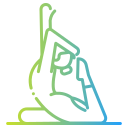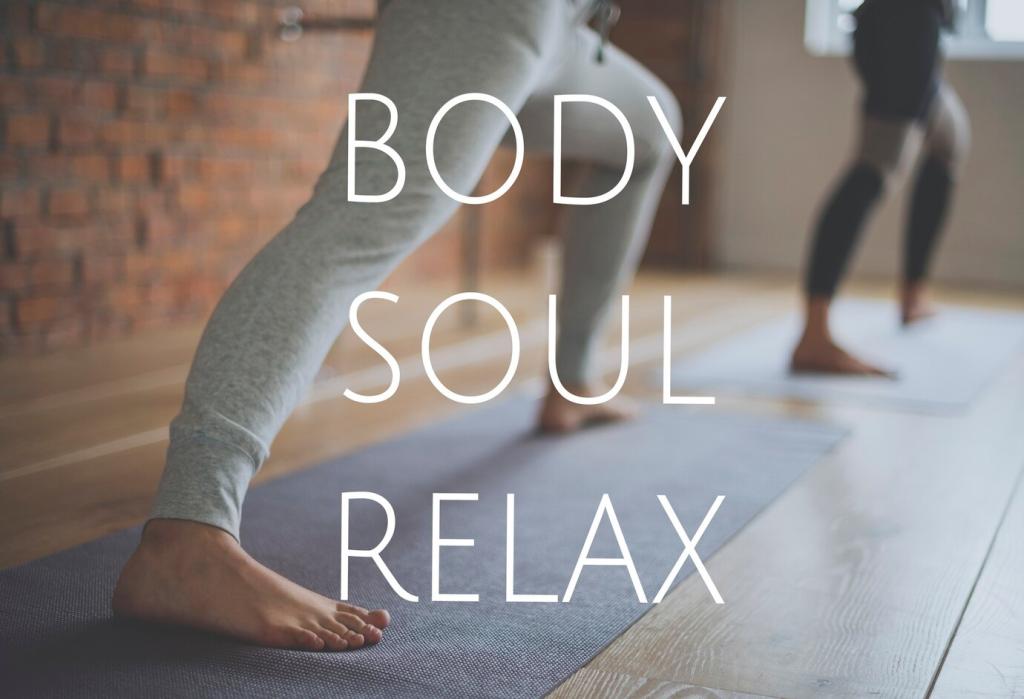
Relaxation Through Yoga After a Hike
Today’s theme: Relaxation Through Yoga After a Hike. Exhale the trail dust, soften sore muscles, and settle your mind with a grounded, nature-inspired practice designed to help hikers recover, reflect, and smile again.
Why Post-Hike Yoga Works
After miles on rugged paths, slow nasal breathing and calm holds nudge the body from effort to recovery. This shift supports digestion, sleep quality, and that delicious post-hike sense of grounded ease.
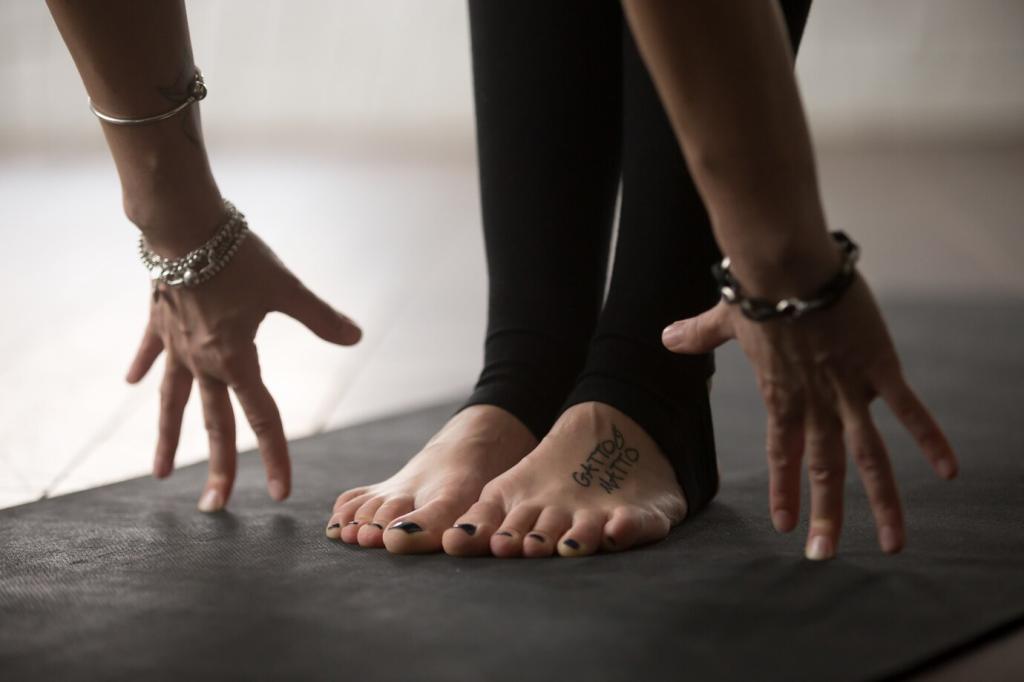
A Trail-Tested 20-Minute Unwind
Lie down, close your eyes, and count six slow breaths. Scan from toes to scalp, noticing where the trail still lingers. Let every exhale feel like setting your pack gently on the ground.
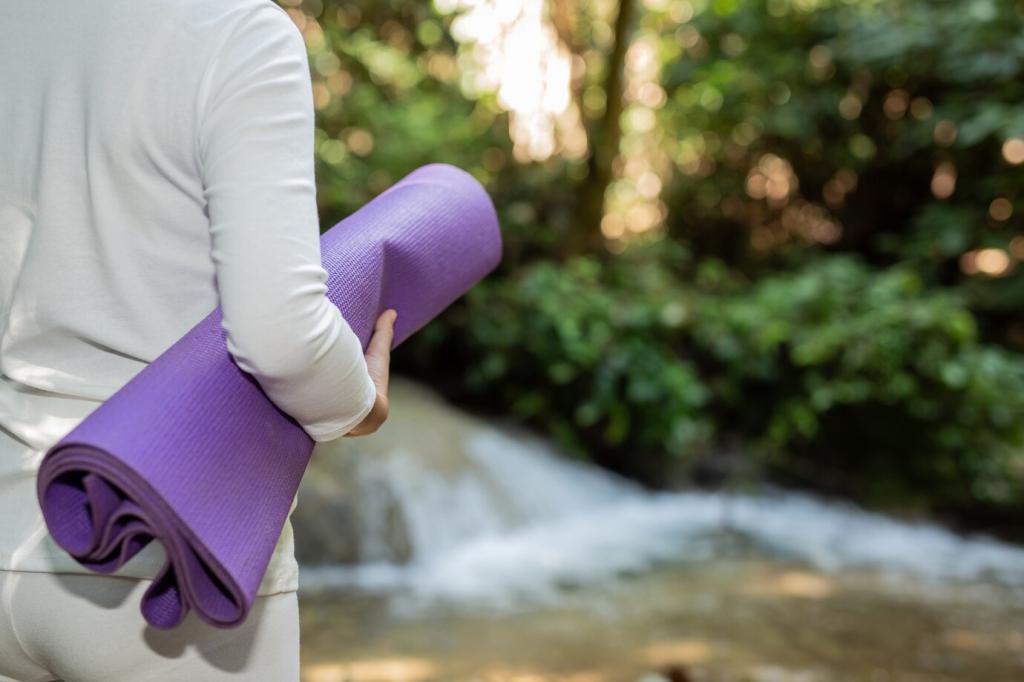
A Trail-Tested 20-Minute Unwind
Move through figure-four, low lunge, and lizard, pausing for 45–90 seconds per side. Keep a soft jaw, relaxed eyes, and steady breath. When in doubt, reduce depth and lengthen your exhale.
Targeting Common Trail Aches
Calves and Achilles
Pedal your heels in downward dog, then sit and dorsiflex gently with a strap. Slow holds encourage circulation and reduce stiffness from steep grades, helping your stride feel springy again tomorrow.
Hips After Big Elevation
Eke out space with low lunge, runner’s lunge, and pigeon on props. Keep breath steady, shoulders easy, and avoid forcing depth. Consistency beats ambition when hips have worked hard all day.
Lower Back and SI Comfort
Try reclined twists with a cushion between knees and a supported bridge. These shapes decompress the lumbar area and soothe sacroiliac irritation from uneven footing and heavy pack weight.
Breathwork To Seal the Calm
Box Breathing Under the Pines
Inhale four, hold four, exhale four, hold four. Repeat five rounds, listening for wind and birds. Sensory awareness layers tranquility over tired muscles like shade on a sun-baked trail.
Lengthen the Exhale
Aim for five to six breaths per minute by extending your exhale slightly longer than your inhale. This gentle rhythm can soften heart rate, settle nerves, and deepen the body’s recovery state.
Sighs That Release Effort
Try three audible sighs, letting shoulders naturally drop. Then return to quiet breathing. That simple reset helps dissolve gripping patterns formed on steep climbs and tricky rock gardens.
Timing Your Practice
If you’re ravenous, snack first, then practice. A light belly invites easier breathing and kinder folds. Evening sessions often pair beautifully with warm tea and an early, contented bedtime.
Hydration and Electrolytes
Sip steadily while you stretch. Add electrolytes if the day ran hot. Hydrated tissues respond more gracefully to lengthening, and your nervous system appreciates a well-watered, steady environment.
Stay Warm, Not Rigid
Layer up or use a blanket so muscles don’t cool too quickly. Warmth keeps tissues responsive, allowing your post-hike shapes to feel soothing instead of sharp or bracing.
A Trailside Story To Inspire
After a wind-whipped ridge walk, I lay on my jacket, feet up a boulder, breathing with the clouds. The next morning, my calves thanked me, and my mood greeted sunrise like an old friend.
A Trailside Story To Inspire
What’s your go-to shape after a long descent? Tell us in the comments, swap tips with fellow hikers, and help someone discover a gentler way back from the trail.


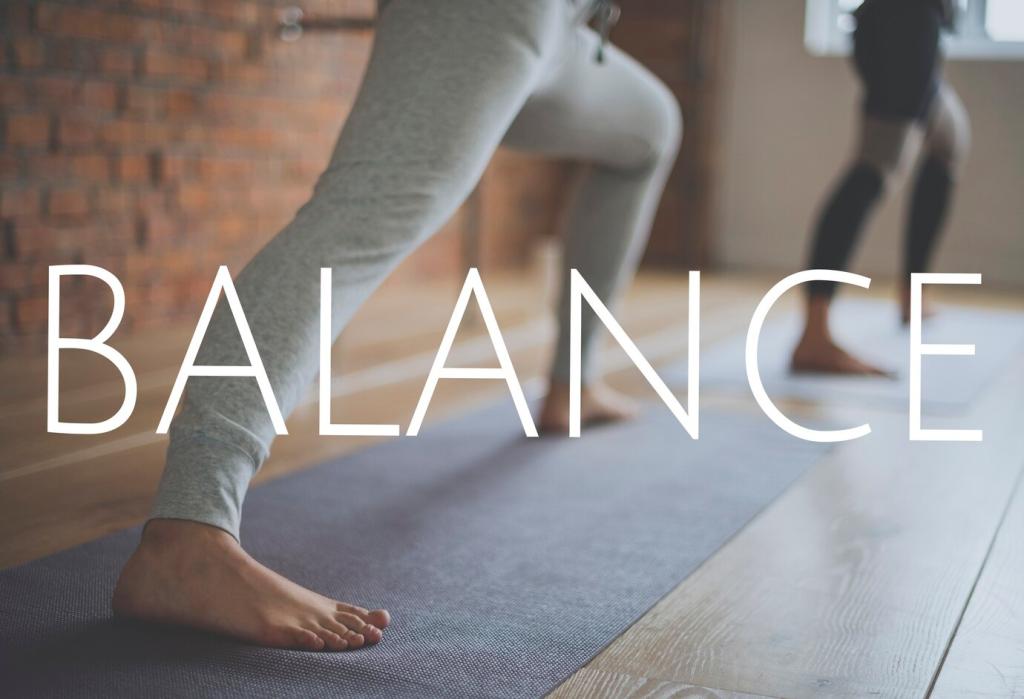
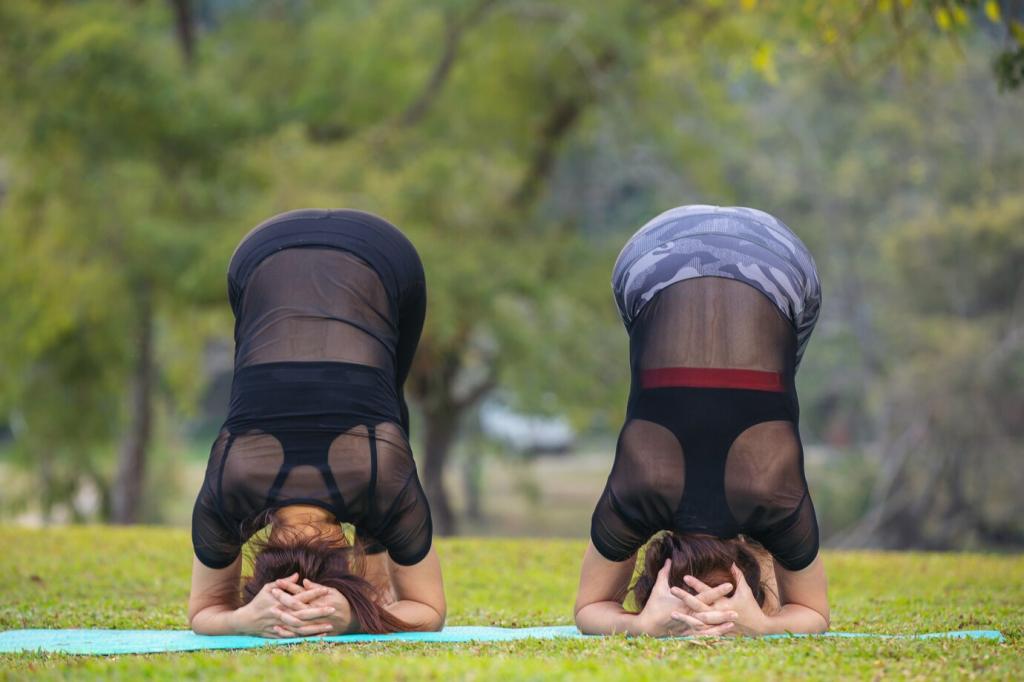
Safety, Modifications, and Mindful Limits
If knees feel tender, prop under hips in pigeon, keep the front shin angled, or switch to figure-four. Sensation should be spreading and warm, never pinchy or sharp along the joint line.
Safety, Modifications, and Mindful Limits
At elevation, move slower and breathe lighter. Skip intense inversions and favor supported shapes. Fatigue makes depth tempting yet risky—choose the version that keeps breath smooth and shoulders soft.
